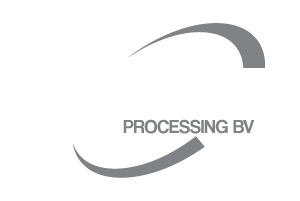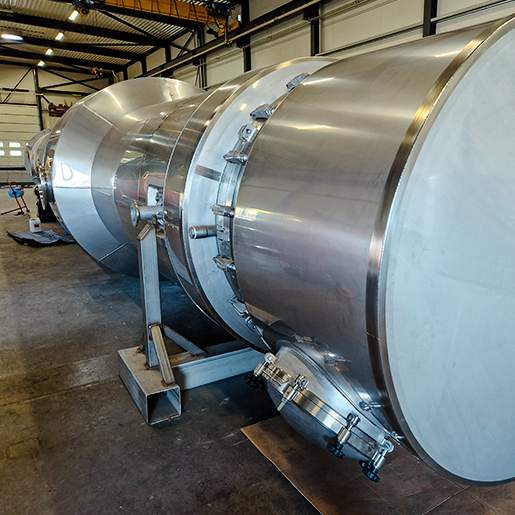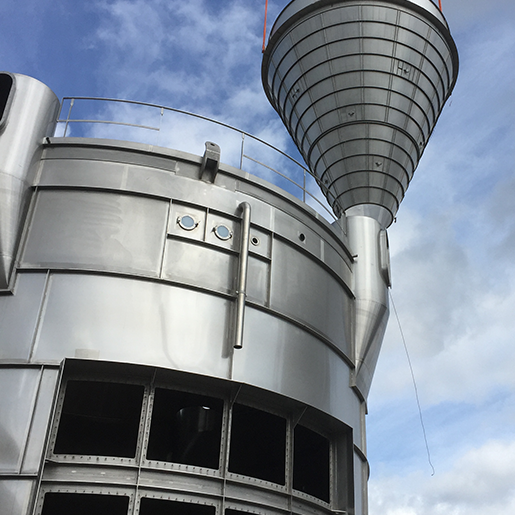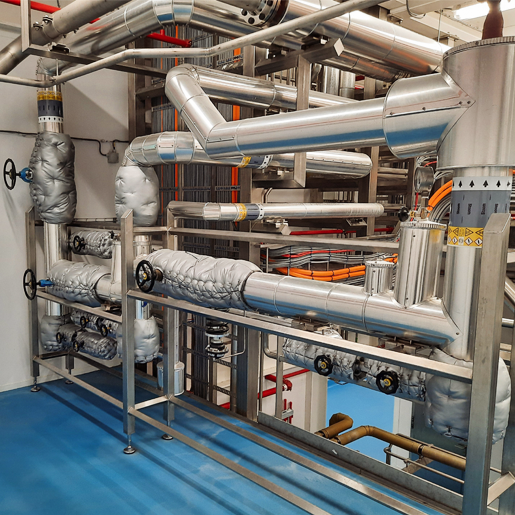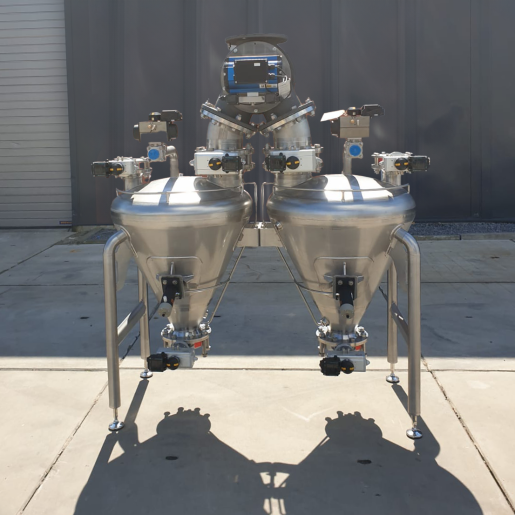Sanco Processing
Evaporators & Dryers
Sanco Processing is an engineering company, which, since it’s foundation in 2007, specializes in projects regarding water evaporation. We design, fabricate and install evaporators, spray dryers and relating equipment and components.
Our evaporators and spray dryers are used worldwide, mostly in food processing. The process technology and technical expertise of our team, together with our flexible attitude, makes it possible to carry out your projects optimally.
We would like to invite you to take a further look on our website. If you have any questions, please contact us via our contact form or via one of our contactpersons.
